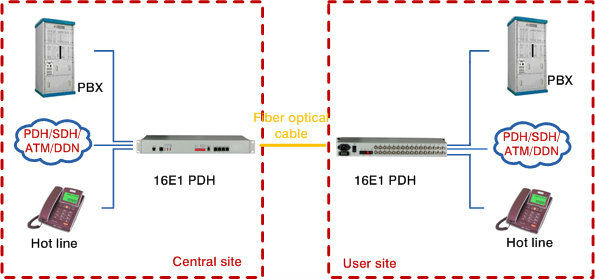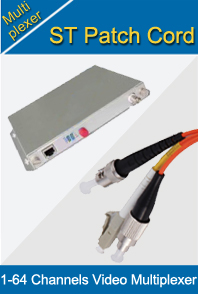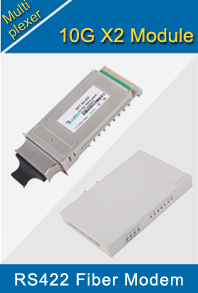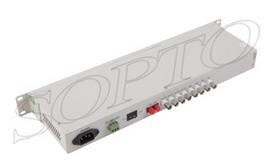-

- Sopto Home
-

- Special Topic
-

- Multiplexer Knowledge
-

- What does Plesiochronous Digital Hierarchy (PDH) mean?
Multiplexer Knowledge
- Why is Multiplexing Needed in Data Communication Systems?
- What is Concept of Multiplexing in Telephone System?
- What is Digital TV Frequency?
- Outlook of the WDM Networks
- DWDM Technical Overview
- CWDM Technical Overview
- How to Activate Cable Modems?
- How to Install a Fiber Optic Modem?
- How do I Choose a Best Fiber Modem?
SOPTO Special Topic
Certificate



Guarantee
Except products belongs to Bargain Shop section, all products are warranted by SOPTO only to purchasers for resale or for use in business or original equipment manufacturer, against defects in workmanship or materials under normal use (consumables, normal tear and wear excluded) for one year after date of purchase from SOPTO, unless otherwise stated...
Return Policies
Defective products will be accepted for exchange, at our discretion, within 14 days from receipt. Buyer might be requested to return the defective products to SOPTO for verification or authorized service location, as SOPTO designated, shipping costs prepaid. .....
Applications
Multiplexers can be used to connect PBX, Hot line and other devices of network from central site to user site through fiber optical cable.
SOPTO Products
- Fiber Optic Transceiver Module
- High Speed Cable
- Fiber Optical Cable
- Fiber Optical Patch Cords
- Splitter CWDM DWDM
- PON Solution
- FTTH Box ODF Closure
- PCI-E Network Card
- Network Cables
- Fiber Optical Adapter
- Fiber Optical Attenuator
- Fiber Media Converter
- PDH Multiplexers
- Protocol Converter
- Digital Video Multiplexer
- Fiber Optical Tools
- Compatible
Related Products
Performance Feature
High integration desig
Low power consumption
Good EMC, EMI
Stable and Reliable
Multiplexer Knowledge
Recommended


What does Plesiochronous Digital Hierarchy (PDH) mean?
The plesiochronous digital hierarchy (PDH) is a telecommunications network transmission technology designed for the transport of large data volumes across large scale digital networks.
The PDH design allows the streaming of data without having isochronous (clocks running at identical times, perfectly synchronized) to synchronize the signal exchanges. PDH clocks are running very close, but not exactly in time with one another so that when multiplexing, signal arrival times may differ as the transmission rates are directly linked to the clock rate.
PDH allows each stream of a multiplexed signal to be bit stuffed to compensate for the timing differences so that the original data stream could be reconstituted exactly as it was sent.

PDH Multiplexer, or Plesiochronous Digital Hierarchy multiplexer, is a kind of point-to-point optical transmission equipment used to transport large quantities of data over digital transport media, such as fiber-optic and microwave radio systems. PDH Multiplexer is designed of highly integrated structure and provides 16 standard E1 interfaces together with one channel of order wire, with self-contained alarm and NM functions, as well as self-testing and E1 loop-back testing functions. The device is popularly with telecommunication operator. It is suitable in business for communication operator, government and kinds of entities.
PDH was developed in the early 1960s. It derives its names from the Greek term “plesio,” meaning near, and “chronos,” meaning time. The name refers to the fact that networks using PDH run in a state of almost, but not quite, perfect synchronization. PDH was the first standardized multiplexing hierarchy based on time-division multiplexing. It works by channeling numerous individual channels into higher-level channels.
PDH is now obsolete and has been replaced by synchronous optical networking and synchronous digital hierarchy schemes, which support much higher transmission rates.



